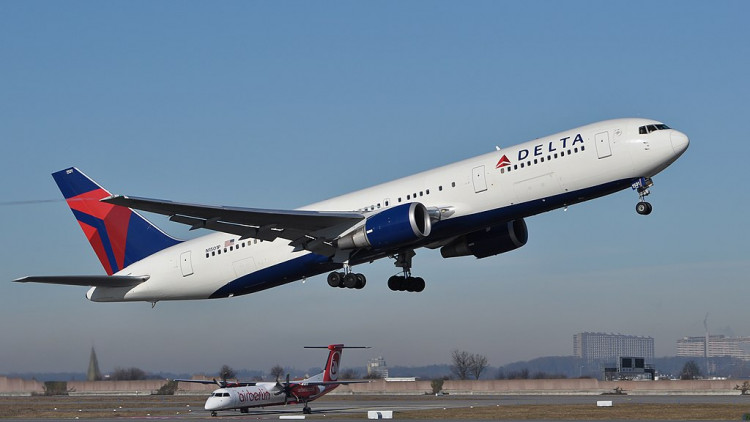In a startling incident at Hartsfield-Jackson Atlanta International Airport, a Delta Air Lines aircraft clipped the tail of another plane while taxiing for departure, leading to a significant collision that has raised fresh concerns about tarmac safety. The incident, which occurred on Tuesday morning, involved Delta Flight 295, an Airbus A350 en route to Tokyo, and Endeavor Air Flight 5526, a Bombardier CRJ900 bound for Lafayette, Louisiana.
According to the Federal Aviation Administration (FAA), the collision took place shortly after 10 a.m. as the Delta aircraft was maneuvering on the tarmac. The Airbus A350's wingtip struck the tail of the Endeavor Air flight, a smaller regional jet operated by Delta's subsidiary, Endeavor Air. Fortunately, no injuries were reported among the passengers and crew on either flight, which had a combined total of 277 people on board.
Eyewitness accounts and video footage from the scene reveal the extent of the damage, with the Endeavor plane's tail visibly hanging off its side. The footage shows passengers deplaning from the damaged aircraft, underscoring the severity of the impact. Despite the alarming collision, Delta managed to accommodate all passengers on new flights later in the day, ensuring minimal disruption to their travel plans.
The incident has prompted immediate investigations by both the FAA and the National Transportation Safety Board (NTSB). The NTSB, which typically steps in for more serious aviation incidents, confirmed it would be conducting a thorough investigation into the collision to determine the cause and assess any potential lapses in safety protocols.
This collision comes on the heels of several high-profile safety concerns at U.S. airports, particularly at Hartsfield-Jackson, which has seen its share of recent incidents. Just weeks ago, a tragic accident at a Delta facility at the same airport resulted in the deaths of two employees after a tire explosion. These events have compounded concerns about safety at one of the world's busiest airports.
In addition to the recent incidents at Atlanta, the aviation industry has been grappling with an increasing number of close calls and runway incursions nationwide. For instance, in April, a near-collision at Ronald Reagan Washington National Airport involved a JetBlue plane and a Southwest Airlines flight, with the two aircraft coming within 1,000 feet of each other during takeoff. Such incidents have prompted the FAA to hold safety summits and re-evaluate current regulations and procedures.
The FAA has emphasized its commitment to achieving "zero serious close calls" and reported a 33% decrease in serious runway incursions for fiscal 2024 compared to 2023. However, the collision at Atlanta underscores the ongoing challenges in maintaining safety on the ground, particularly as air traffic continues to increase post-pandemic.
In the latest incident, the sheer size disparity between the two aircraft involved-the Airbus A350, one of Delta's largest planes, and the Bombardier CRJ900, one of the smallest in the fleet-raises questions about the protocols in place for taxiing and managing aircraft on busy runways. The Airbus A350, fully fueled, weighs approximately 600,000 pounds, while the Bombardier CRJ900 weighs around 70,000 pounds, a significant difference that likely contributed to the damage observed.
Delta Air Lines has pledged full cooperation with the ongoing investigations and has already dispatched maintenance crews to assess the extent of the damage to both aircraft. The airline assured passengers and the public that safety remains its top priority, and that all necessary measures will be taken to prevent such incidents in the future.






